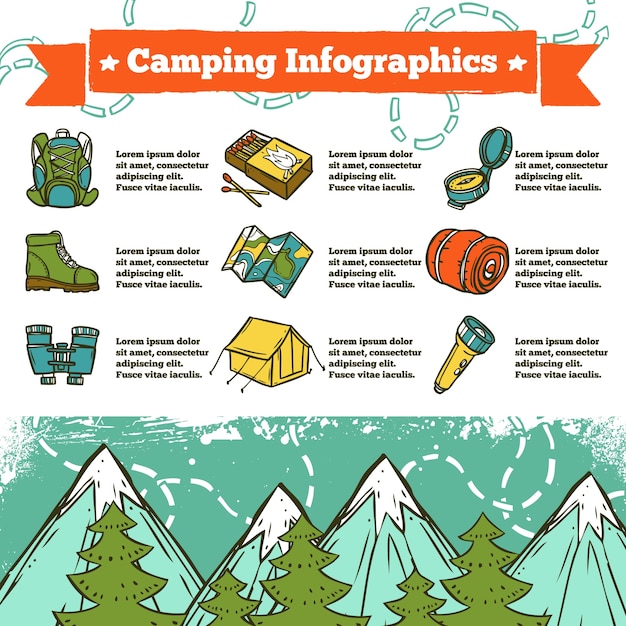Rainfall flies are an important device for wall surface tents. They boost the capacity of a tent to secure campers from extreme weather conditions while supplying included comfort and sturdiness.
Routine cleaning of a rainfall fly keeps mud, mold, and particles from destroying it. Also, making sure the proper stress of a rainfly avoids it from sagging and permitting water to gather underneath.
Climate Resistant Materials
The product utilized in construction tasks can affect the longevity and resilience of the project. Picking weather-resistant materials helps in reducing maintenance prices and saves resources for future repair service and replacement.
Timber may not be the initial material that enters your mind when discussing climate resistance, but it is extremely durable when appropriately treated with chemicals. Cedar, redwood, and teak are instances of normally rot-resistant woods used to make a range of exterior furniture and structures.
High-performance canvas wall surface camping tents are made to resist wetness and keep campers comfortable. It is essential to tidy canvas and outdoors tents frequently to remove dirt, mud, and dirt. It is additionally necessary to rinse off any type of deposit from the canvas tent prior to storing it away for use. Prevent using bleach, as it damages the water-resistance treatment and makes the tent more susceptible to leakage. Alternatively, a soft brush and a hose can be utilized to extensively scrub the canvas tent and wash it off with water till it is completely saturated.
UV Direct exposure
Unless a tent is made from UV-resistant fabric, long term exposure to sunlight will certainly cause it to weaken. This holds true of all fabrics, however it's specifically pronounced for outdoors tents and canvas structures as a result of how much they're made use of in outdoor setups. UV radiation can trigger dyes to break down, resulting in a loss of color vibrancy.
A rainfly shields wall camping tents from these unsafe UV rays by reflecting them before they can pass through the framework and reach your skin. It is very important to pick a rainfly with a UPF rating of 50 or greater to obtain optimal UV security.
A rainfly additionally assists regulate the temperature inside a camping tent relying on the period. A lighter rainfly can maintain camping tents from absorbing way too much warm in the summer season, while a much heavier rain fly can aid stop warmth from leaving the camping tent throughout cooler months. In either instance, these extra layers of insulation can significantly expand a tent's lifespan.
Moisture Damage
Canvas outdoors tents are fairly durable and can last 15-30 years with thorough treatment, but even the most high-performance canvas is not unsusceptible rainstorms. A rainfall fly or fly sheet includes a layer of security for the roof covering of your canvas tent and helps protect against dampness damages.
Condensation, mold and mildew, and mold are family camping not just unpleasant, however they can likewise ruin the structural stability of your canvas tent. Protecting against these issues is uncomplicated, yet it needs careful care and interest to detail.
Make it a practice to examine your camping tent in the morning and remove any type of all-natural condensation, dew, or snow that has actually gathered on the surface. Later, make sure to spread your camping tent out in an open area and make use of a soft brush to scrub away any kind of mold and mildew and mold that has developed. When you have eliminated the influenced areas, re-treat the tent with a mold and mildew killer option and wash it extensively to prevent any future infestations.
Dampness Accumulation
While regular, condensation can harm products if left uncontrolled. Thankfully, aggressive strategies like wiping surface areas and airing out outdoors tents minimize condensation' impact.
Outdoor tents material, environment problems and use patterns add to condensation degrees. Sailcloth, for instance, resists water vapor evaporation and has a tendency to show handmade droplets more readily than polyester or nylon options. Recognizing this difference informs how outdoor tents owners take care of condensation.
Passenger's exhaled breath and wet clothing and tools spike moisture levels. An absence of air flow techniques enables wetness to condense when cozy interior air meets cooler surface temperature levels. This cycle magnifies on humid evenings or when a tent is positioned in low areas. Checking and cleaning camping tent surface areas promptly after cooling down encourages wetness to spread before harmful textiles or forming mold. Local air movement, such as directing a fan towards joints, further help the procedure. Recognizing the most prone locations of a tent, like high ridges and edges, aids campers streamline their moisture administration regimens.
